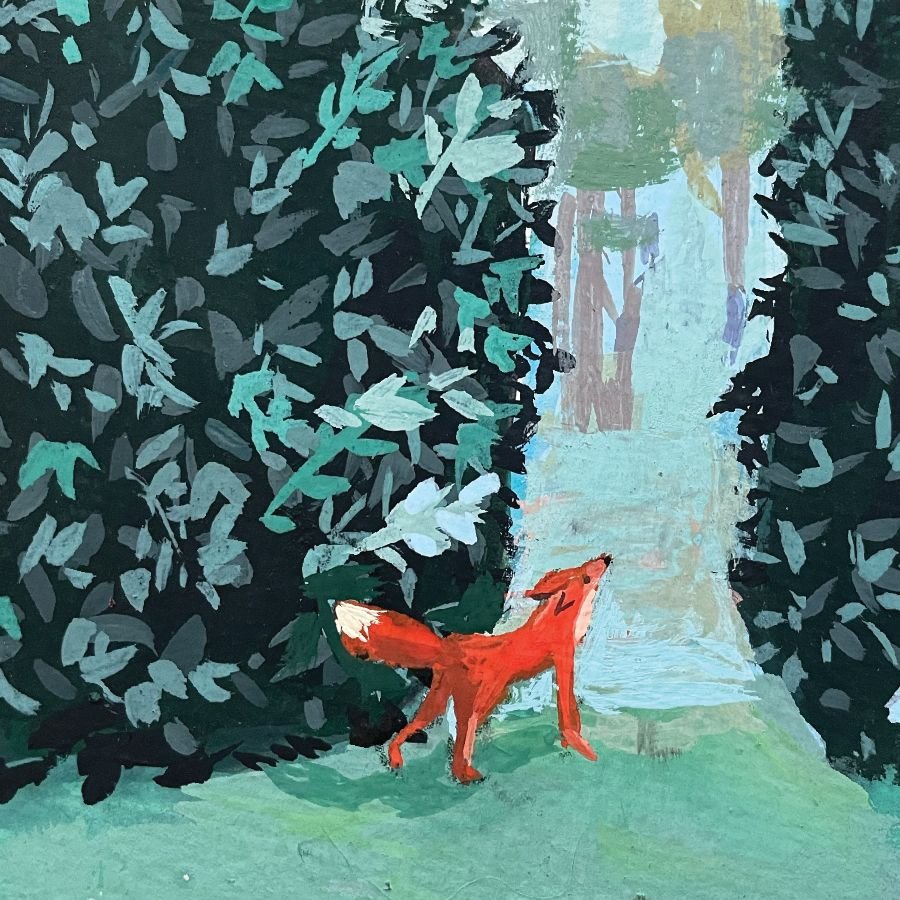Interview with Artist Collaborator Kristin DiVona
After a hiatus, We are so happy to have Kristen DiVona back as an Artist Collaborator!
Kristin is both an artist and the Visual Information Specialist for NASA's Chandra X-Ray Observatory.
In an interview with us, Kristin talks about her passion for both art and science, her career at NASA, Creative endeavors and more!
1. When did you first discover your passion for both art and science?
I was most definitely a NASA obsessed kid who desperately wanted to go to Space Camp, and even through high school would read books on black holes for fun. At that time, little girls were far less encouraged to embrace their science and math side. (It's still a problem! Studies show that teachers and parents often underestimate girls’ math abilities.) I was also really into art in high school, too, so went in that direction for college. I didn't realize a combination of these two things could exist.
2. How did you become the Visual Information Specialist for NASA's Chandra X-Ray Observatory and what has your favorite project been in this role?
Totally by chance— and through the luck of social media! About 8 years ago, I was working for myself as a designer. Certain times of the year were very slow so I would give myself a project. I chose to improve my portrait skills and decided to complete one drawing a day of women I found interesting who happened to be in the sciences. After a couple of months of posting, a woman from NASA's Chandra X-Ray Observatory reached out to me about using some of these illustrations in an article she was writing. She was local so we met for coffee— it turned out that the visual information specialist in her group was leaving after 13 years of working there. We hit it off, and so I applied, and then got the job.
My favorite project has been the Reach Across the Stars app, a free augmented reality geared toward girls. Girls have fewer role models to inspire their interest in STEM, and see limited examples of female scientists and engineers in books, media and popular culture. There are even fewer Black women role models in math and science. Using augmented reality, girls are introduced to modern and historical women in science, getting a behind-the-scenes look at the Mars 2020 rover or a tour of the Crab Nebula pulsar, for example. https://chandra.si.edu/women/ar/
3. Can you tell us about the experience of creating work for yourself and work for clients, such as NASA? How does your creative process differ or compare for each?
I think the creative process is overall similar when it comes to the design or production phases. But, with my day job, the science comes first. So, even as a creative "science storyteller", the work is based on actual data to communicate concepts, to educate and inspire. I work directly with astrophysicists and other experts whose passion for their data and discovery is as strong as any artist's passion for their work!
4. What personal creative endeavors or pieces are you currently working on?
Right now, I'm just trying to paint more regularly with less self-judgement— just kind of meander creatively. I'm also very curious about artists using augmented reality to enhance the experience of their physical art.
5. How did you learn about The Collaborative and why did you choose to become involved as an Artist Collaborator?
I learned about the Collaborative through a friend. Partially I wanted to become involved to simply be part of a creative community. I love the mission of The Collaborative. I still feel a little shy about putting my personal work on a wall, but I've found that the folks I've met through this community have been so welcoming and encouraging.




